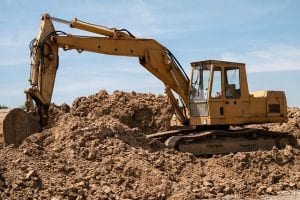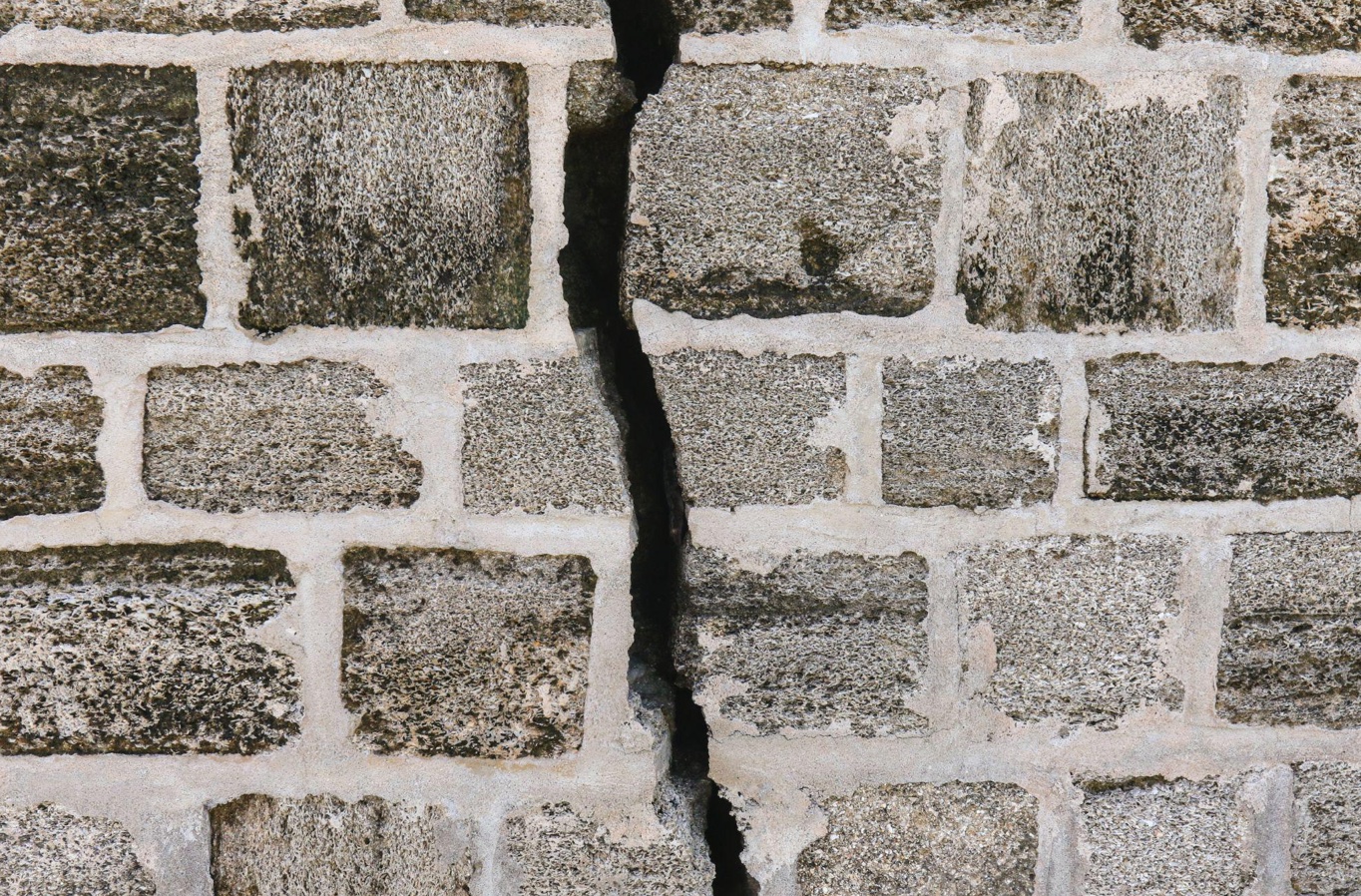Unlevel homes can result from several factors, including poor soil conditions, the presence of trees, improper soil filling during construction, changes in weather, water drainage issues, poor foundational planning, and vibrations from nearby construction sites.
Unlevel homes can be a headache. Cracked walls, damaged windows, uneven floors, and uneven pavement are symptoms of a problem nobody wants. Our homes should be stable, secure, and comfortable, not a source of stress and anxiety.
The ground beneath our feet is constantly moving. Instability in the soil underneath our home can lead to foundational severe damage, wall cracks, and uneven floors.
It’s important to know what causes unlevel houses so we can recognize when our homes may be at risk. A house sinking due to subsidence or unstable ground can be rescued. Understanding when there’s a severe problem and knowing when to contact experts is half the battle.
What are the causes of unlevel homes?
It can be tough to know what’s happening beneath our homes, but understanding the causes of unstable soil can let us know when to ask for help.
The causes of unlevel homes include poor, variable soil conditions, trees, poorly compacted fill soil, adverse weather conditions, water drainage issues, poor foundational planning and footing systems, and vibrations from nearby construction sites or heavy traffic.
These factors can contribute to soil instability, resulting in structural damage, wall cracks, uneven floors, and other unpleasant consequences. Let’s look at some primary causes of unlevel homes and why they occur.
1. Poor and variable soil conditions
Some ground materials, like clay, expand and shrink significantly based on their water content. Expansive soil is a common problem that can result in severe structural damage because of the soil they are built upon.
Expansion and contraction can place vast amounts of stress on the foundations of your home. As the soil gets wet and expands due to extensive rain or a leaking pipe, a house can be met with enormous upward pressure. As the soil dries up and contracts, subsidence can cause parts of a house to sink, leading to an unstable foundation.
2. Trees
Tree roots are a common cause of unlevel homes. Even if you believe your garden is under control, be aware that tree roots often spread 2-3 times as far as the canopy.
A tree with a substantial root system close to your property may displace the soil under your home as it expands in search of water, leading your home’s foundation to form cracks or become unlevel.
Trees also remove water from the soil as they drink. A lot of trees near your home may dry up the soil. As this soil dries up and contracts, it often leaves a void behind. This empty, open space can stress a house’s foundation.
3. Poorly compacted fill soil
Under normal circumstances, a construction worker uses filled soil to refill the area left behind when laying the foundations of a house.
When compacted properly, filled soil improves the strength of the home’s structure. When the fill soil isn’t compacted correctly, it can lead to several unwanted problems, such as unstable foundations, sinking floors, severe cracks, and damaged windows.
4. Bad or variable weather
We’re all aware that natural disasters have the potential to be destructive, which is why homes in some areas of the country benefit from earthquake or flood insurance.
But it doesn’t have to be an earthquake or flood to cause severe damage to your home’s foundations. Abrupt weather changes are common in many parts of the world. Dry summers followed by lengthy periods of rainfall can erode brickwork, impact soil moisture levels, and cause surface runoff.
As soil shifts in response to these weather changes, your home’s foundation is under pressure and can eventually suffer severe structural damage.
5. Water drainage issues
Poor water drainage in a home has the potential to amplify the effects of incremental weather. If there are no functioning drains to remove the water when it rains adequately, the soil around your house will try to soak up all the water.
Eventually, when the soil can’t hold any more liquid, the water will pool on surfaces around your house. The water will then begin to erode soil, leading to surface runoff. Without proper attention, this can cause soil instability and subsidence.
6. Poor foundational planning and footing system
Are you aware of the date your home was built? When starting a new project, any builder first lays the foundation that maintains the structural integrity of your home. Your house will be strong, stable, and secure when done correctly. When done incorrectly, your house may be unstable and prone to subsidence.
Unfortunately, inadequate foundation design is one of the leading causes of uneven homes. Since the 1930s, strip footings have been one of the most common types of footing found in residential homes. These footings often only have a depth of 450mm, making them especially prone to shifting soils.

7. Vibrations
A nearby construction site can cause more than just a headache. The shockwaves caused by heavy machinery also have the potential to damage your home. Constant vibrations from nearby excavators can cause the ground to shake and crack. This can gradually chip away at the foundations of your home.
Even significant heavy traffic over an extended period can lead to structural damage. It’s crucial to be on your guard and regularly checks for potential causes that could develop into a damaged, unlevel home.
Summing up
Unlevel homes can result from several factors, including poor soil conditions, the presence of trees, improper soil filling during construction, changes in weather, water drainage issues, poor foundational planning, and vibrations from nearby construction sites.
Understanding the causes of unstable soil is essential for identifying potential problems and taking action to prevent further damage. Issues like expanding and contracting soil, tree roots displacing soil, and incorrect compacting of fill soil can place significant stress on the foundations of a home, leading to cracks, subsidence, and uneven floors.
To prevent unlevel homes, it is essential to be mindful of the surrounding environment and any potential sources of stress on the home’s foundation.


Join the conversation!